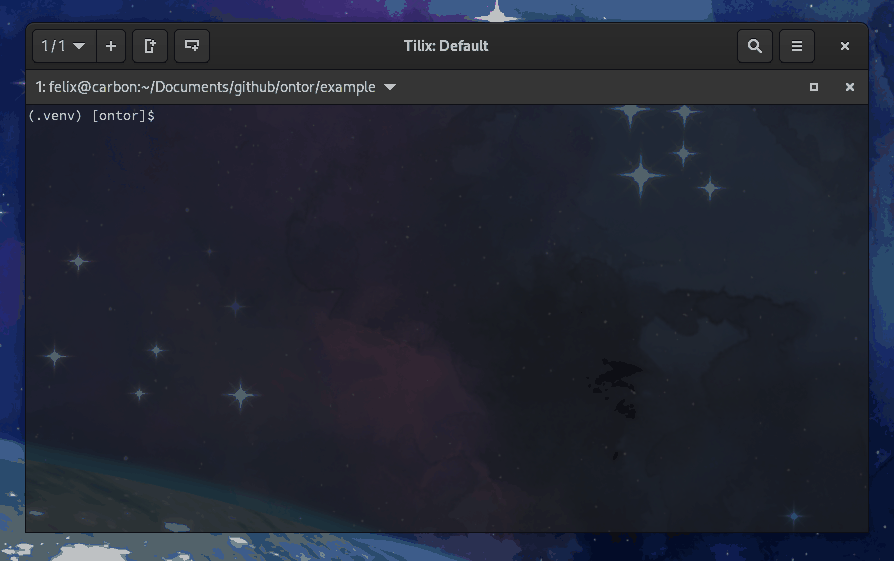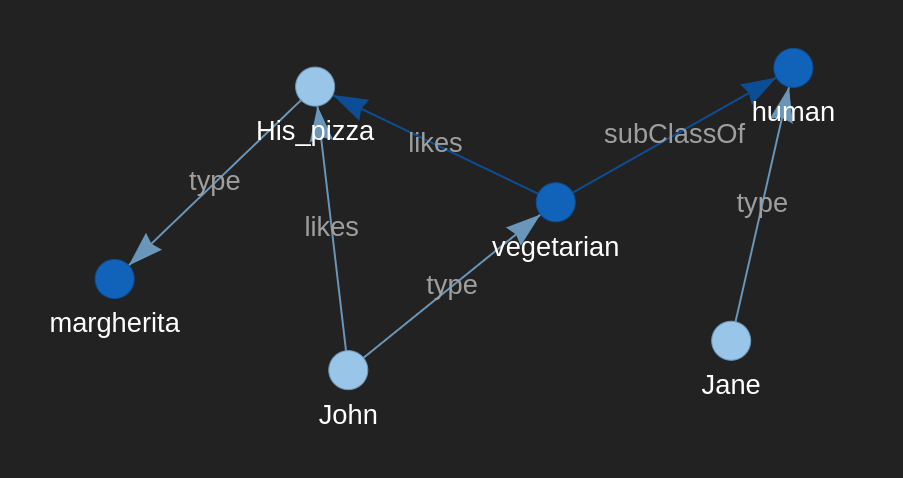ontology editor built on Owlready2
each instance of the ontor class represents an individual ontology and provides support for:
- creating new, loading existing, and saving ontologies
- modifying ontologies:
- import other ontologies
- simply extract information such as axioms and class restrictions
- insert classes, properties, instances, relations, and restrictions
- delete classes, properties, instances, relations, and restrictions but preserve the ontology's structure by reassigning subclasses and instances appropriately
- reasoning over ontologies and debugging by interactively deleting problematic axioms
- visualizing the entire ontology or selected parts thereof
ontor provides a tuple based syntax with JSON and CSV support for ontology editing to facilitate focusing on the ontology's content
- Python 3.9.6+
- install ontor to run the example, possibly in editable mode:
pip install -e . - generate documentation via sphinx using the makefile in docs/:
make html
the directory example/ includes a demo application inspired by Protégé's pizza example
interactively debug an ontology
in the example: ontor3.debug_onto()
visualize selected instances, classes, and properties in a given radius around a focus node; e.g., all nodes in a radius of two relations around the node "John"
in the example: ontor3.visualize(classes=["human", "pizza"], properties=["likes", "diameter_in_cm"], focusnode="John", radius=2)
GPL v3.0
Felix Ocker - felix.ocker@googlemail.com

